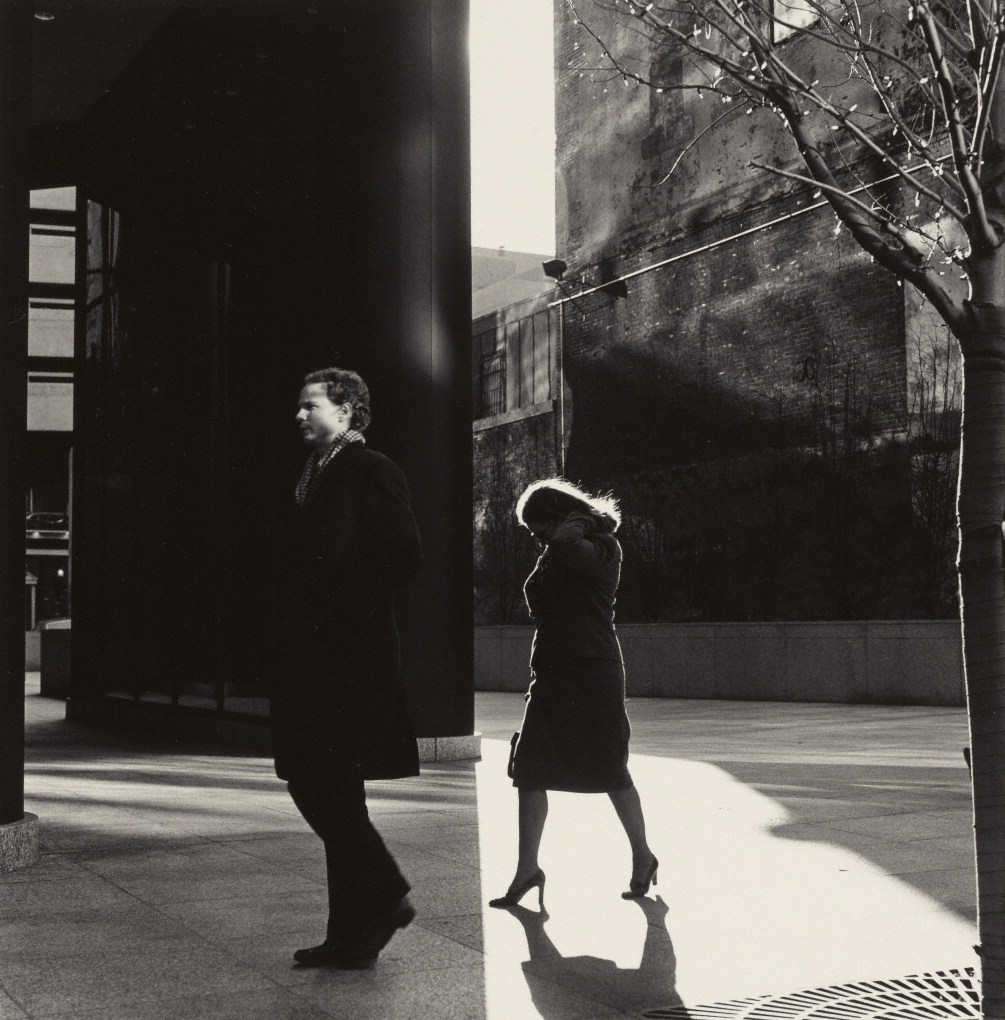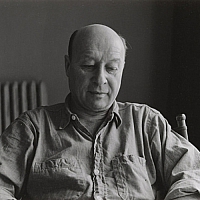
Pace macgill Gallery 32 East 57th Street, 9th floor NYC 1002 New York États-Unis
New York, December 19, 2013 — Pace/MacGill Gallery is pleased to present Harry Callahan: City , on view January 9 through March 22, 2014. Featuring a selection of nearly 50 gelatin silver prints, the exhibition examines in depth one of the central themes of Harry Callahan's oeuvre: the urban landscape. When viewed collectively, Callahan's black-and-white city studies from the 1940s to 1970s masterfully demonstrate his ability to evolve a single genre over time by revisiting and expanding his conceptual discourse. An opening reception for Harry Callahan: City will be held on Thursday, January 9 from 5:30 to 7:30 p.m.
One of the foremost American photographers of the 20th century, Callahan (1912-1999) repeatedly returned throughout his six-decade career to the same subjects – his wife Eleanor and daughter Barbara, nature, and the city – but continually developed new methods to embrace and depict them. Utilizing different cameras and materials, the resulting pictures are thematically consistent, but varied in their aesthetic approach. As Callahan wrote in his artist statement for the 1964 monograph, Harry Callahan: Photographs, published by El Mochuelo Gallery, Santa Barbara:
It's the subject matter that counts. I'm interested in revealing the subject in a new way to intensify it. A photo is able to capture a moment that people can't always see. Wanting to see more makes you grow as a person and growing makes you want to show more of life around you. In each exploration or concern for the subject, I continue in the area for a great length of time, sometimes a couple of years. Working this way has been the result of my doing the photo series or groups. Many things I can't return to and many things I return to come out better.
In their innovative approach to subject matter, Callahan's close-up compositions of Chicago building facades, abstracted views of New York City skyscrapers, and wide-angle shots of pedestrians evade conventions of the genre and assert the artist's modern and inventive sensibility. Instrumental in introducing a vocabulary of formal abstraction into American photography at a time when descriptive realism was the dominant aesthetic, Callahan employed techniques of extreme contrast (Bob Fine, c. 1952), reduction of form (Telephone Wires, 1945-76), and multiple exposure (Chicago, 1948) to present the everyday urban environment from unexpected points of view.
Callahan's quest for conceptual expression also transcended the external cityscape to render visible the urban state-of-mind. His series of full-frame faces of "women lost in thought" on the streets of Chicago from 1950, for example, are psychological portraits of the city, void of any direct reference to its physical architectural space. It is the exceptional creative breadth and investigative depth of Callahan's artistic process, paired with his rigorous devotion to precise craft, that distinguishes the works on view as masterpieces of modern photography.
Harry Callahan began his photographic career as an untrained amateur while working for the Chrysler Motor Parts Corporation in 1938. Following a workshop by Ansel Adams at the Detroit Photo Guild in 1941 and a meeting with Alfred Stieglitz in 1942, Callahan decided to completely devote his energies to the medium. His talent in the field was recognized in 1946 by László Moholy-Nagy, who invited Callahan to teach photography at Chicago's Institute of Design (formerly the New Bauhaus). After a 15-year tenure in Chicago, Callahan moved to Providence in 1961 to chair the Photography Department at the Rhode Island School of Design, where he taught until his retirement in 1977.
Since his first one-person show in 1947, Callahan's photographs have been featured in numerous solo and group exhibitions worldwide, with retrospectives organized by The Museum of Modern Art, New York (1976-77), the National Gallery of Art, Washington, D.C. (1996-97), the Center for Creative Photography at the University of Arizona, Tucson (2006), and the Haus der Photographie, Deichtorhallen, Hamburg (2013). His work has been the subject of over a dozen monographic publications and can be found in the permanent collections of most major museums around the world.
A recipient of many distinctions, Callahan was the first photographer chosen to represent the United States at the 1978 Venice Biennial, and received the National Medal of Arts from President Clinton in 1996. His archive is located at the Center for Creative Photography in Tucson, Arizona.
For more information about Harry Callahan: City or press requests, please contact Jessica Mostow at 212.759.7999 or jessica@pacemacgill.com. For general inquiries, please email info@pacemacgill.com.
Images:
Harry Callahan, Chicago, 1950; New York, 1974; Chicago, 1961
Artwork © The Estate of Harry Callahan

